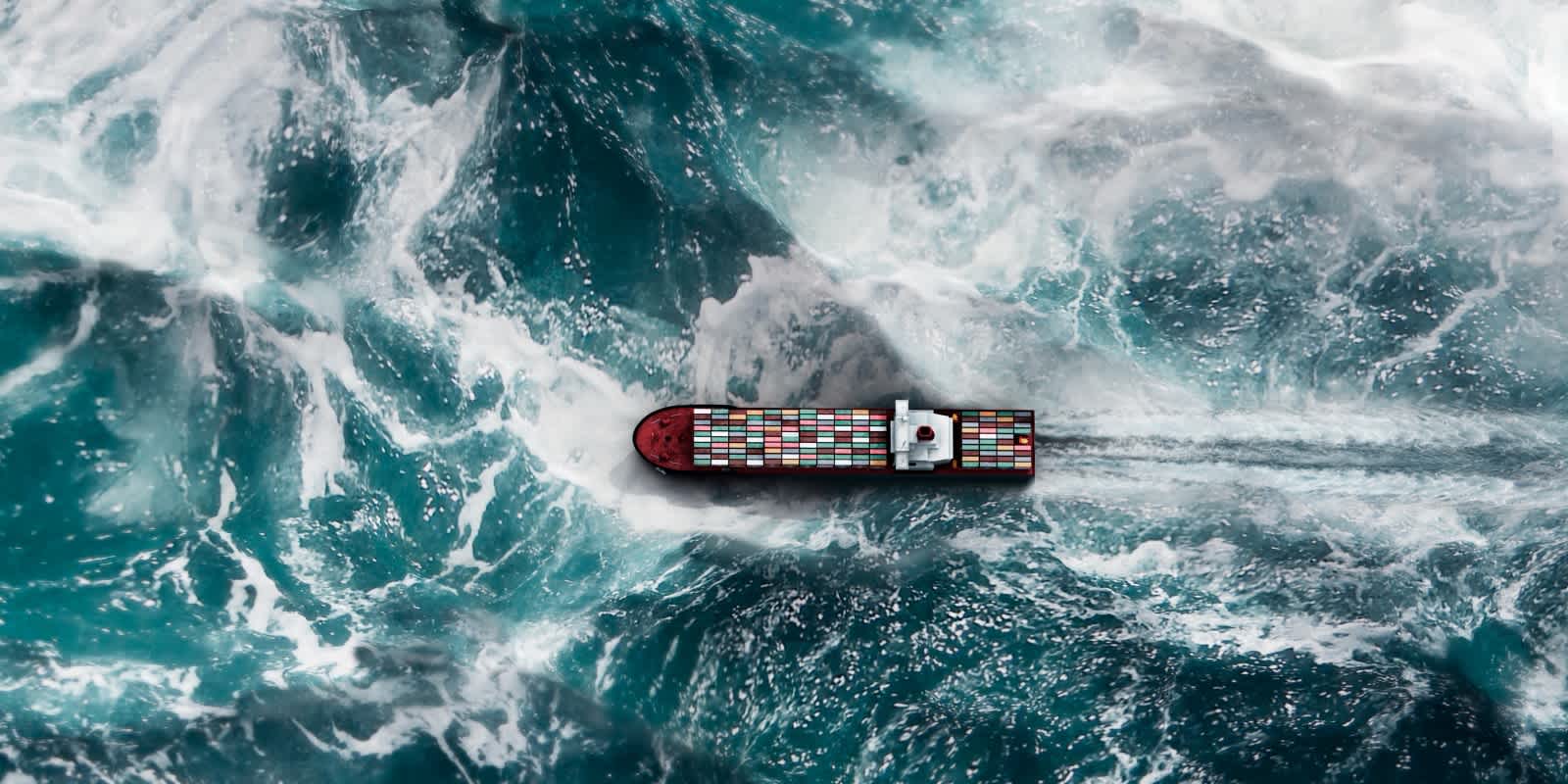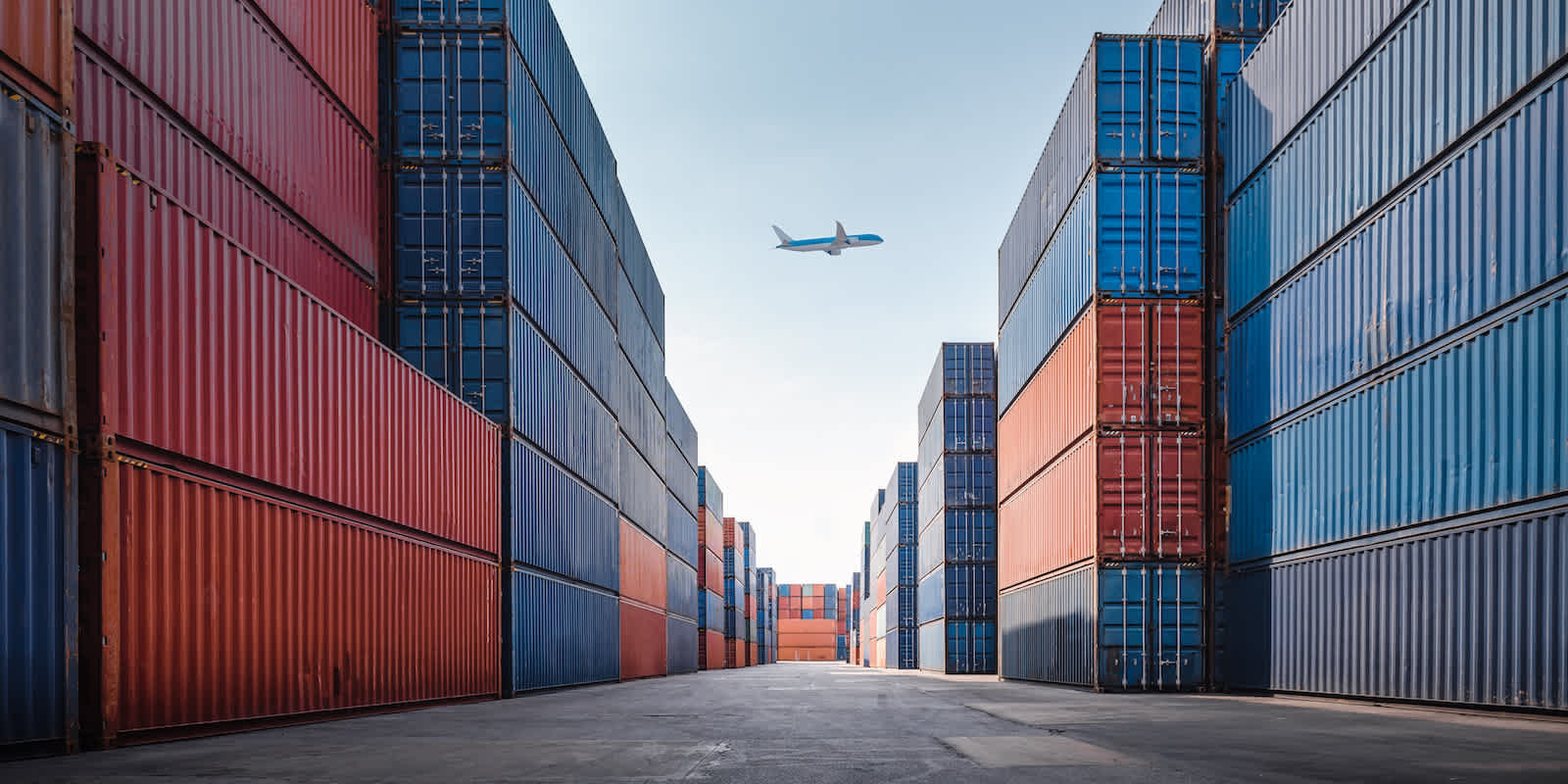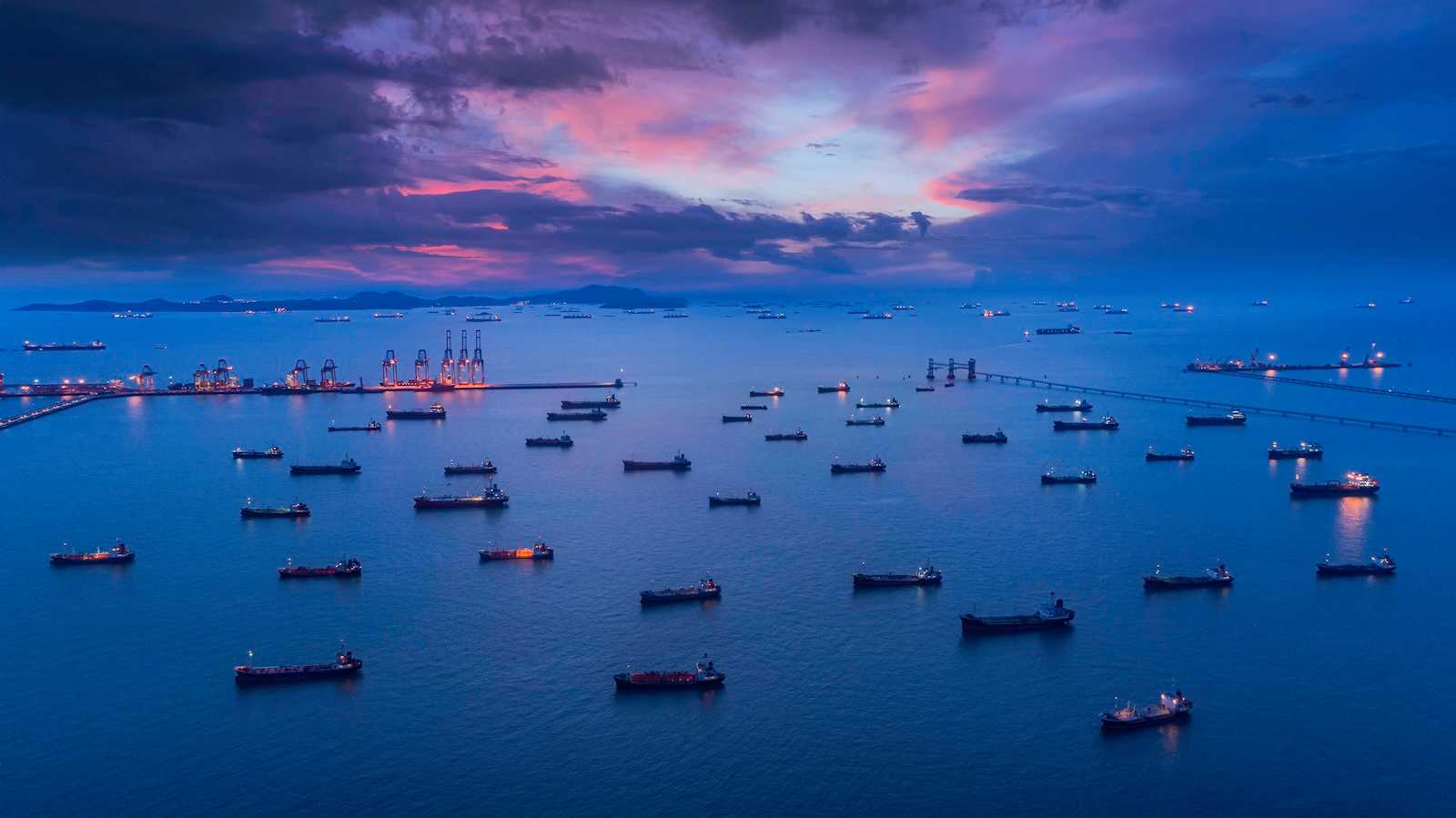
January 9, 2023
Can You Afford to Ship Without Cargo Insurance in 2023?
On March 2, 2022, the cargo ship Felicity Ace that caught fire two weeks prior sank. On February 16 the cargo ship—packed with cars including Porsches and Volkswagens, en route from Emden, Germany to Davisville, Rhode Island—caught fire shortly after beginning its transatlantic journey. A large proportion of these vehicles were electric, bound for dealers across the country. The fire first broke out in the cargo hold and then spread forcing all 22 crew members to abandon ship. Volkswagen AG confirmed in a statement that their losses would be covered by cargo insurance, to the tune of more than $300 million.
On January 16, 2021, the Maersk Essen made a splash (literally) when it lost 689 containers overboard on a routine voyage from Xiamen, China to Los Angeles, USA. The main conclusion of a lengthy investigation was that “the Maersk Essen encountered heavy rolling of the seas with roll angles reaching between 25° and 30° which was much more than the cargo securing equipment was designed for or able to withstand.”
The industry is also awaiting the report for ONE APUS, a 14,052 TEU container ship that encountered gale-force winds and large swells similar to Maersk Essen, resulting in an estimated 1,816 containers to be lost overboard or dislodged from its lashings.
These aren’t isolated incidents. There are so many unavoidable and unpredictable incidents in supply chains and cargo loss is more common than you think. Your shipments are exposed to a great deal of risk as they journey through numerous ports and modes in transit. There are multiple factors you cannot control like weather, theft, fires and container loss. With larger container ships, longer transit times, unpredictable pandemic lockdowns, cyber threats, and political turmoil, your goods are increasingly at risk. In Q4 of 2020 alone, two cargo ships experienced heavy weather and lost 1,900+ containers. In 2018-2019 there were 425 ship fires that led to cargo loss and damage.
Is Your Cargo Covered for the Most Common Causes of Loss?
A recent report from Allianz Global Corporate & Specialty insurance company (AGCS) reveals interesting data for shippers of any amount of ocean freight. While the report is chock-full of helpful data relating to the overall safety of maritime container shipping, we’ll zero in on the top causes of loss and what you can do to protect your inventory in transit.
AGCS lists the top loss leaders (by value) of the past year as:
- Fire (18%)
- Collision/Sinking (17%)
- Damaged Goods (12%)
Allianz further describes several risk factors that shippers need to keep track of in order to make appropriate adjustments. For example, climate change leads to heightened fire risk, temperature fluctuations, extreme weather events, and fuel contamination problems stemming from the growing use of alternative fuels. All of these factors can aggravate the risk of damaged cargo.
The report also calls out an alarming rise in the number of engine room fires reported by carriers. Industry-wide cost-cutting and inflation may play a role in shippers investing fewer resources towards training their crew.
You Can't Eliminate Shipping Risk, But You Can Mitigate It
Common mitigation measures include increased Internet of Things (IoT) and sensor usage; improved tracking technology; and better palletizing and loading practices. IoT is a catch-all phrase used to describe a variety of technologies that can report back to a central repository via the internet. Examples include sensors that can detect temperature changes inside containers carrying sensitive cargo, or that can measure the angle of tilt and raise an alarm if a container seems off keel or is exposed to extreme weather or seems.
Other examples include tracking sensors on individual pallets within containers that use Bluetooth technology to report their location in real-time. These sensors can also be scanned by IoT scanners located at various points in the warehouse, allowing you to track cargo’s movement down to the shelf it’s sitting on while in storage.
Cargo Insurance for Business Continuity & Operational Resilience
This next mitigation option may not seem intuitive at first, but the type of insurance coverage you get can make all the difference if the worst happens. Many shippers use “declared value coverage” and believe they have their bases covered. The reality is that declared value coverage is not cargo insurance; it’s a form of cargo damage/loss coverage that raises the carrier’s financial liability. It matches the declared value of the cargo and is often subject to deductibles, exclusions, warranties, and policy limits that are not made clear to the shipper.
The issue isn’t how often it happens, it’s the financial impact of that event. If your entire season of goods is in one shipment, the loss could be devastating for your business.
Under international laws and conventions, or general terms and conditions, a carrier’s liability is limited (cents on the dollar). It will not always cover your financial loss as a result of unforeseen circumstances during the movement of your goods. Spending a few hundred dollars now can potentially save you tens of thousands or more should the worst happen.
Cargo insurance is coverage for your shipment from pickup to delivery across multiple carriers and modes. It covers the purchase value (not retail value) of your goods, as well as freight and other costs associated with the cargo.
Helpful Resources to Help You Make an Informed Decision
From initial research to purchasing a cargo insurance policy, Flexport has resources to help you learn about the process and your options. Our FlexU Course “Intro to Cargo Insurance” is a great place to start. It explains how cargo insurance can offset losses that general policies can’t, so you can know the risks and design policies that match your supply chain.
You can also explore our Flexport glossary pages where you’ll find explanations of a range of shipping and logistics terms, phrases, and acronyms. For example, we have pages outlining the differences between cargo insurance, declared value coverage, and general average.
How Flexport Can Protect Your Valuable Cargo
Modern supply chains need modern cargo insurance. With Flexport, you’ll get to experience a fast, digital application process designed with best-in-class technology to help you protect your precious cargo.
Explore expansive coverage options, affordable pricing and expedited claims management, all tailored to your unique business needs.
Best-in-Class All Risk Coverage
Our expansive, best-in-class “all risk” coverage plans can be customized to suit your supply chain needs. Protect your cargo against a wide range of potential losses under one policy or insure shipments that need it most.
Only Pay for What You Need
Flexport offers straightforward, affordable insurance pricing options to help keep your supply chain safe from disruptions, even if you ship with another logistics provider.
Dedicated Support Team
Our team of experts responds quickly to each and every inquiry via email, chat, or phone. Our logistics experts are also accessible via in-app messaging so you can stay in-the-know and worry less about your cargo.
Expedited and Automated Claims
Your Flexport team works to get claims settled ASAP. In fact, claims under $10K get paid out within 15 days*. Digital workflows make claims as painless as possible. Peace of mind is priceless!
When you’re ready to talk specifics, we have a team of insurance experts at Flexport ready to help. Flexport offers customized policies for all sizes of businesses, from marketplace sellers just starting out, all the way up to enterprise retailers. You don’t have to be a Flexport freight customer to get the same full coverage and the convenience of our digital platform. No matter who is shipping your goods, we have you covered.
And because we’re tech-first, our claims process is digitized for fast turnaround in case the worst does happen. Say your cargo is in a container that’s lost in a storm–if the total value is under $10,000, you’ll likely see your money in the form of a check or wire in under 15 days.
Before you read about the next cargo catastrophe, let alone get that call from your carrier that your shipment was involved, reach out and speak to our insurance team for more information on how Flexport can help bring you the peace of mind that comes with knowing your covered, just in case.
Click here to learn more or contact us today to get started.
(*Once all documentation for the claim has been received.)
Related content
![Port GettyImages-1600x800]()
BLOG
New Year, New Supply Chain Landscape? Don't Expect A Return to Normal Right Away in 2023






